Investigation of Left Ventricular Hypertrophy using Mean Deviation Function
DOI: 10.23977/jptc.2019.21009 | Downloads: 20 | Views: 3989
Author(s)
Srijan Sengupta 1, Uttam Ghosh 1, Susmita Sarkar 1, Shantanu Das 2
Affiliation(s)
1 Department of Applied Mathematics, University of Calcutta, Kolkata, India
2 Reactor Control Systems Design Section E & I Group BARC Mumbai, India
Corresponding Author
Uttam GhoshABSTRACT
In this paper we have projected a new methodology to characterize non-differentiable graphs. The continuous functions but non-differentiable at some points or every points may be characterized via mean deviation function. The mean deviation function is the deviation of the mean function from the original function. It is differentiable and approximates the given non-differentiable function. This is a new type of characterization of unreachable graphs. Since ECG graphs are continuous everywhere but non-differentiable at a few number of points thus in this paper we have used this new methodology to find some distinguishable measurements of left ventricular hypertrophy by comparing normal and problematic ECGs.
KEYWORDS
Mean function, Deviation function, non-differentiability of ECG graphs, Left Ventricular Hypertrophy.CITE THIS PAPER
Srijan Sengupta, UttamGhosh, Susmita Sarkar, and Shantanu Das, Investigation of Left Ventricular Hypertrophy using Mean Deviation Function, Journal of Physics Through Computation (2019) Vol. 2: 41-46. DOI: http://dx.doi.org/10.23977/jptc.2019.21009.
REFERENCES
[1] S. Das(2011). Functional Fractional Calculus 2nd Edition, Springer-Verlag.
[2] S. Sengupta,U. Ghosh, S. Sarkar and S. Das(2018).A Mathematical Approach to Characterize Left Ventricular Hypertrophy from ECG Diagrams.Open Journal of Cardiology & Heart Diseases. Vol. 1; Issue No. 2.
[3] F. Ben Adda(2007). Mathematical Model for Fractal Manifold, International Journal of Pure and Applied Mathematics, vol.38 (2), 155-186.
[4] S. S. Ray, R.K. Bera(2005). An approximate solution of a nonlinear fractional differential equation by Adomian decomposition method. Applied Mathematics and Computation. 167 561–571.
[5] V. S. Erturk and S. Momani(2008).Solving systems of fractional differential equations using differential transform method. Journal of Computational and Applied Mathematics 215 142 – 151
[6] S. Sengupta, U. Ghosh, S. Sarkar and S. Das(2018), "Application of fractional calculus to distinguish left ventricular hypertrophy with normal ECG," 4th International Conference on Recent Advances in Information Technology (RAIT), Dhanbad, 2018, pp. 1-6.
[7] G. Jumarie(2006), Modified Riemann-Liouville derivative and fractional Taylor series of non-differentiable functions further results, Computers and Mathematics with Applications, 51. 1367-1376.
[8] U. Ghosh, S. Sengupta, S. Sarkar and S. Das(2015). Characterization of non-differentiable points of a function by Fractional derivative of Jumarie type. European Journal of Academic Essays. 2(2): 70-86.
[9] R.P. Feynman, Quantum Electrodynamics, W.A. Benjamin, New York (1961)
[10] B. B. Mandelbrot, (1982). The Geometry of Nature. Freeman. San Francisco
[11] J. R. Hampton (2010). The ECG made easy. Eighth ed.
[12] ECGs are available from Internet (free Google Images).
| Downloads: | 1020 |
|---|---|
| Visits: | 90116 |
Sponsors, Associates, and Links
-
International Journal of Power Engineering and Engineering Thermophysics
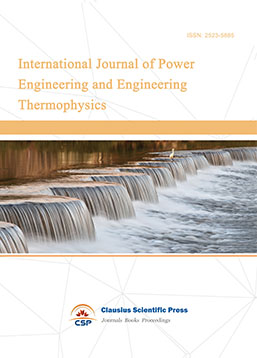
-
Numerical Algebra and Scientific Computing
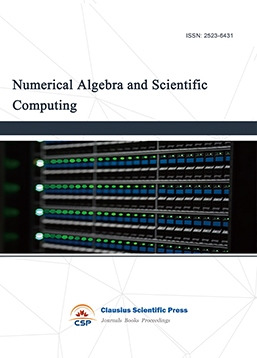
-
Transactions on Particle and Nuclear Physics
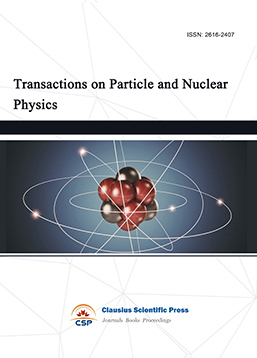
-
Journal of Probability and Mathematical Statistics
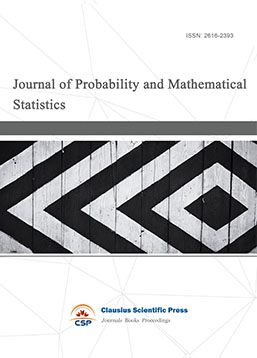
-
Multibody Systems, Nonlinear Dynamics and Control
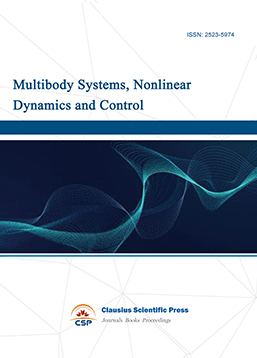
-
Complex Analysis and Geometry
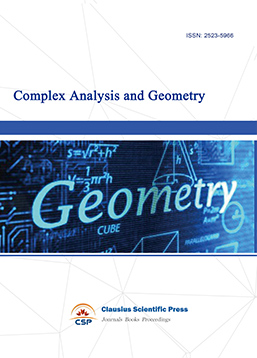
-
Dynamical Systems and Differential Equations
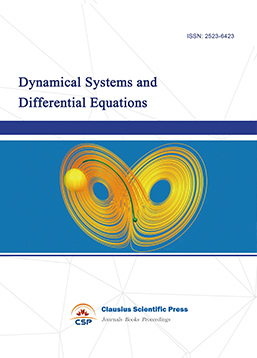
-
Acoustics, Optics and Radio Physics
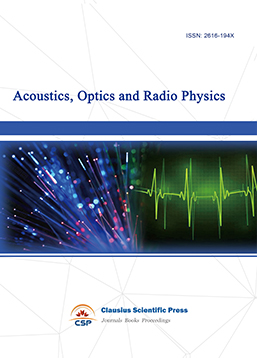
-
Progress in Atomic and Molecular Physics
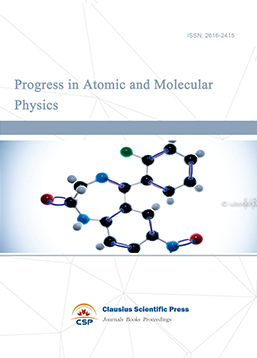
-
Transactions on Condensed Matter Physics
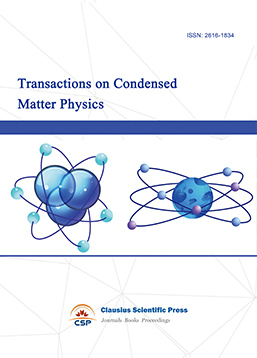
-
Transactions on Computational and Applied Mathematics
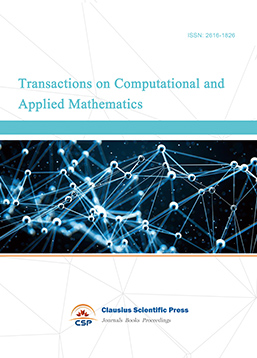
-
Progress in Plasma Physics
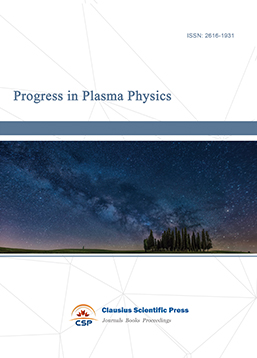
-
Combinatorics and Graph Theory
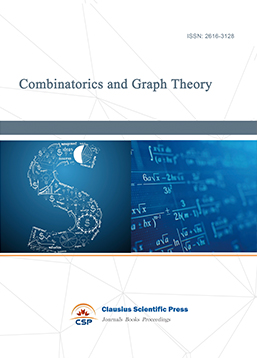
-
Research and Practice of Mathematics & Statistics
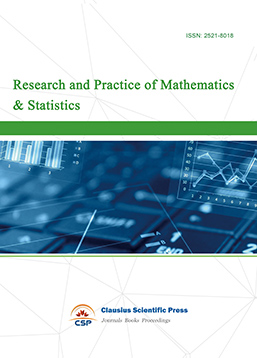
-
Nuclear Techniques and Applications
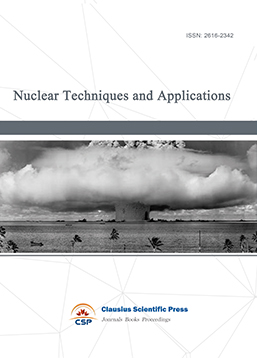
-
Journal of Photonics Research
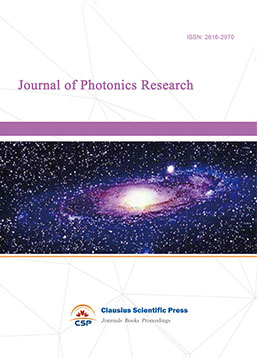
-
Journal of Compressors and Refrigeration
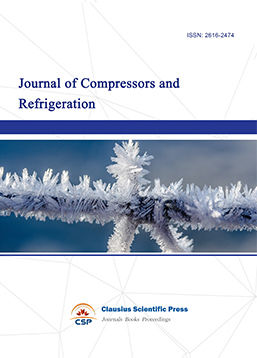
-
Journal of Theoretical Physics Frontiers
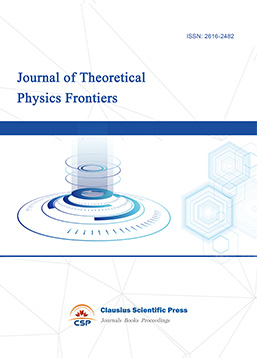
-
Journal of Nonlinear Science and Complexity
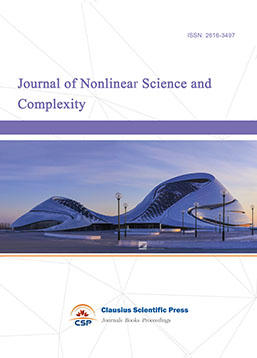
-
Vacuum Science Journal
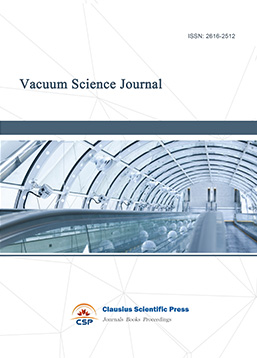
-
Computational Fluid Dynamics
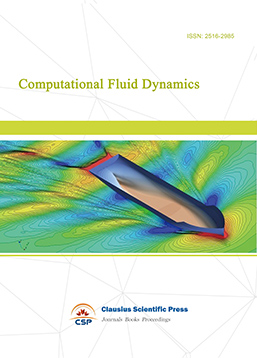

 Download as PDF
Download as PDF